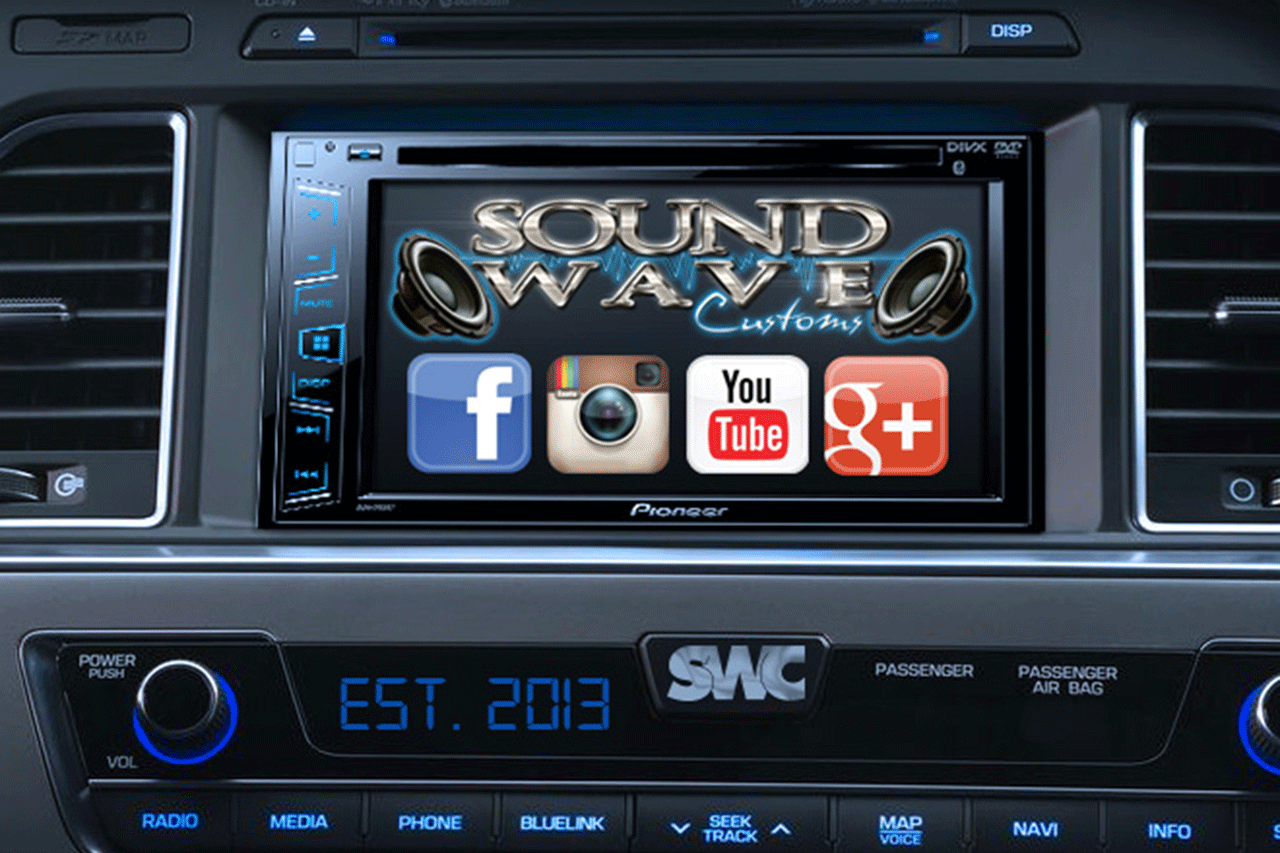
Important Car Electronics
Car electronics refer to any electrically generated or electrically controlled systems used in vehicles for the purpose of controlling the various aspects of the engines, controlling the temperature and for entertainment systems. The controlling of the engine is divided to segments called engine control units (ECU) which work collectively to give the output. Here is a list of all the necessary car electronics which are a must for a car:
Windows and doors:
Most of the cars these days have automated doors and windows which are operated on a switch placed conveniently. In fact, most doors are center locked and controlled by the driver. The windows are regulated by a motor which generates power from the battery. Even some vehicles these days have a automated sunroof system.
Multimedia system:
Most cars have an antenna which gives the driver and passengers access to radio and music through a sound system comprising of a speaker, woofer and tuner. Modern players have a integrated navigation system and also an extended jack which is able to play music from your personal audio devices. There are various types of monitors which can be placed on the dashboard, head rest or even attached to the ceiling. The rear view cameras are connected to the monitor to provide the driver a more accurate view of the blind side when reversing.
Meters and gauges:
There are various meters and gauges such as a fuel gauge (measures the amount of fuel left), odometer (measures speed), tachometer (measures revolution), temperature gauge (measures if the temperatures has exceeded the danger limit) etc.
Car electronics The Battery:
The battery is one of the most necessary car electronics part. A 12V battery is placed in a box beside the engine and connected by positive and negative terminals to various components through a cable. In a battery, the water level inside is maintained regularly. The battery is one of the main sources of power and it gets charged when the car is being driven.
Sensors:
There are various types of sensors which are able to detect various situations and are able to react accordingly. Different type of sensors include airbag sensor, fuel level sensor, temperature sensor, light sensor, automatic transmission speed sensor etc.
Lighting:
Lights are used both for signaling and also to assist the driver in maneuvering the vehicle. There are different sets of lights in both the front and rear end part of the car such as fog lights, parking light, tail light, indicator light, head light, high beam, dipper etc. All the various categories serve their purpose individually.
Air conditioner system:
The air condition system is quite a complex system and has to integrate various components such as compressor, condenser, hose, kit, relay, valve, cooler, evaporator, clutch etc which all work together to provide a suitable environment inside. In modern cars, the most important parts of a a/c system are installed behind the dashboard.
Transmission system:
There are two types of transmission systems: automatic and manual. Both require different mechanisms. In automatic transmission, the gear stick doesn’t need to be changed and can be kept in a single mode according to the requirement but in manual mode, the driver has to continuously change the gear with the help of a clutch depending on the type of driving required. Manual requires the various aspects of clutch such as clutch assembly, disk, cable, pedal, shoe, hose, lever etc. The more common machineries include gear box, axle shaft, differential, flywheel, pistons, transmission gears, shifting gears, power steering etc.
Braking system:
The braking system in most cars involve anti-lock braking system (ABS) which maintains traction with the ground and prevents unnecessary skidding by providing a greater degree of control. The main sections of braking systems include brake shoe, brake pad, brake warning light, various types of valves, hose, caliper, master cylinder etc.
Engine:
The most important section of a car is the engine and an essential part of car electronics. Its electrical functions consist of the distributor, cylinders, camshaft, chargers, starter motor, balancer etc. Engine cooling also requires generation of power which involves the radiator, cooling fans, air blowers and water cooling system. The engine oil system also uses a oil pump and strainer to pump oil throughout. There are fuses responsible for each function such as horn, lights, sensors etc. The exhaust system requires the use of catalytic converters, heat shield, resonator etc. For the fuel supply system, carburetor, fuel pump, fuel injector all requires electricity. Recently, most car owners have shifted to CNG (Compressed Natural Gas) and LPG (Liquefied petroleum gas) which requires installation of another set of electrical wiring’s.
Besides all these, the suspension and steering systems and bearings also require electricity.
Cars are intricate devices which require both the mechanical and electrical functions to work simultaneously to ensure greater performance. As a result, the electronics section requires the most attention due to its sensitivity and necessity.


